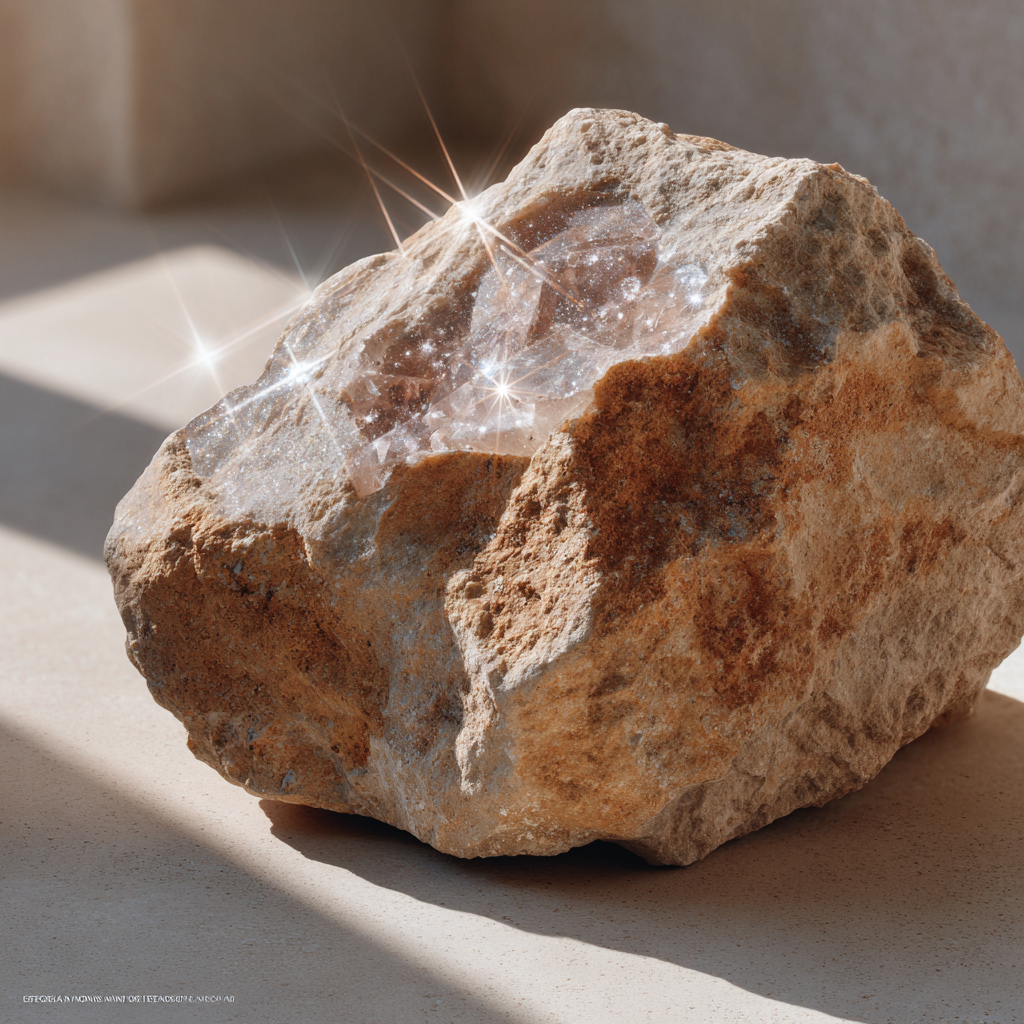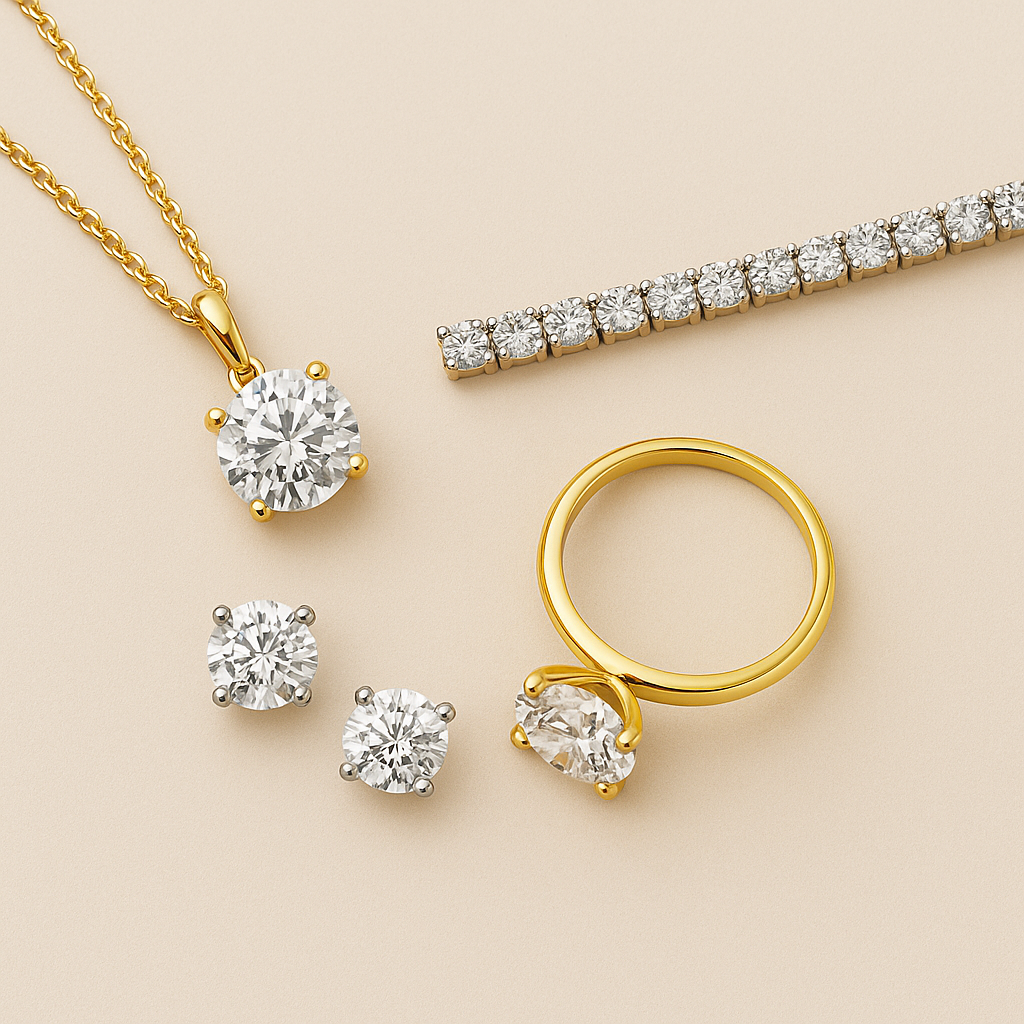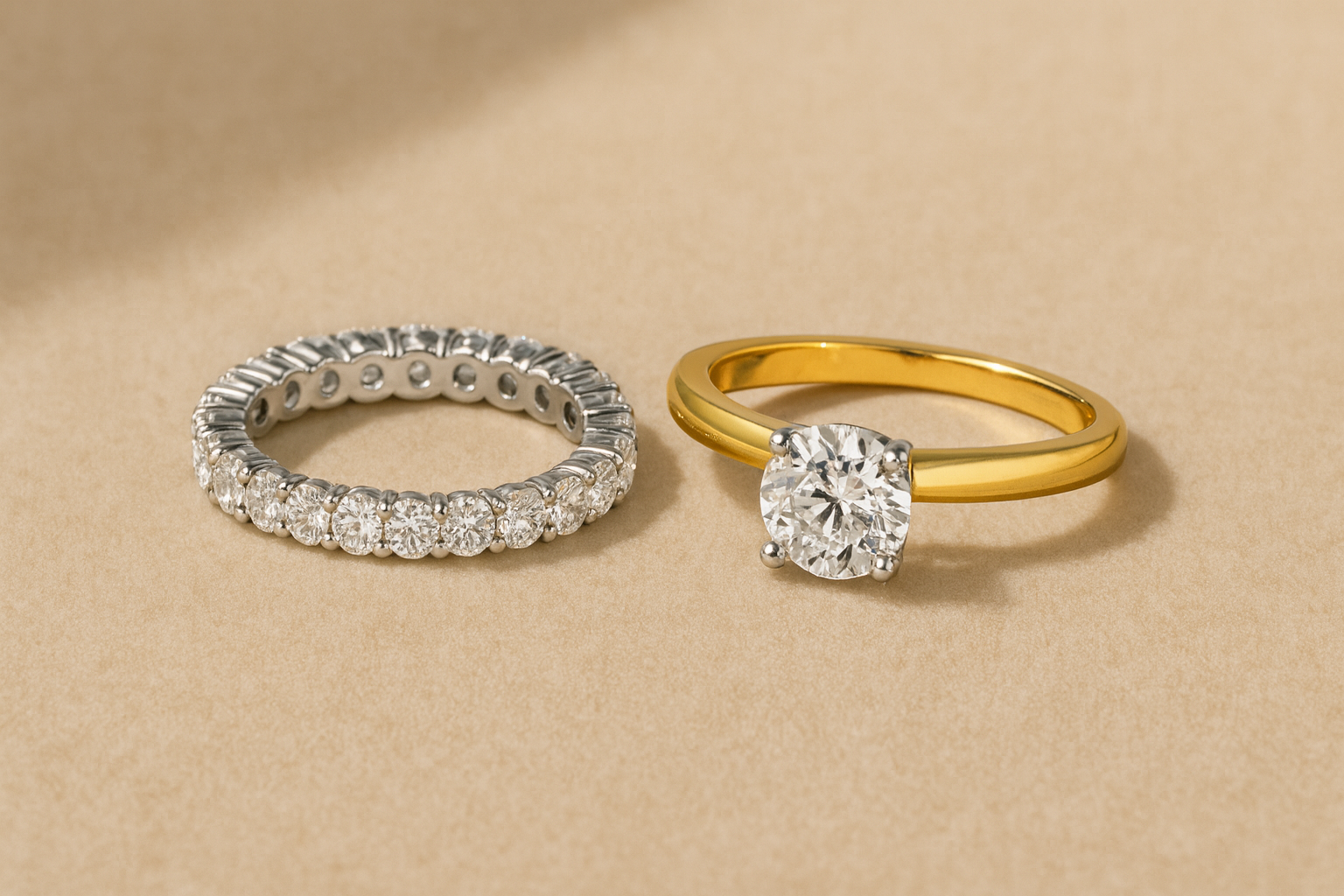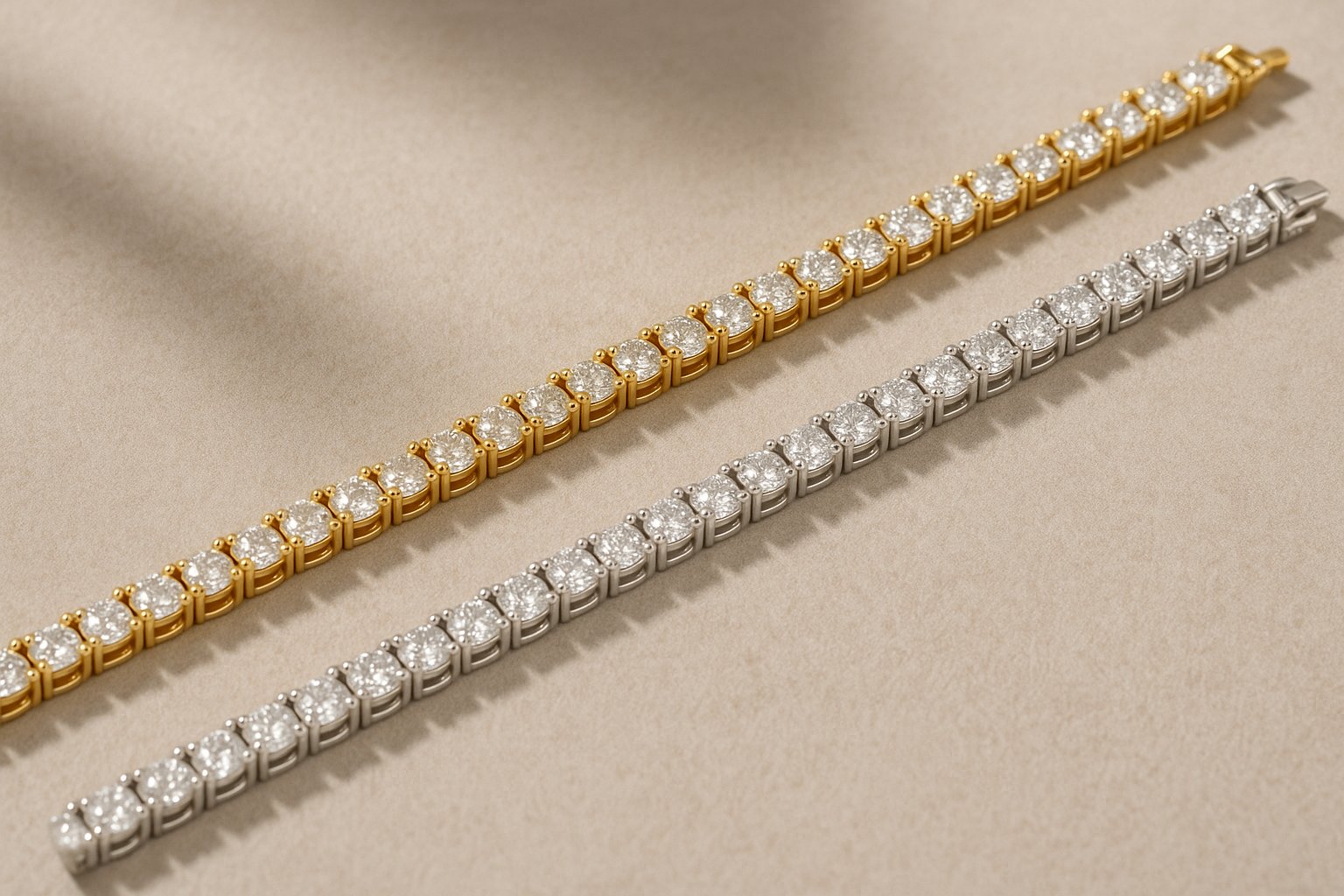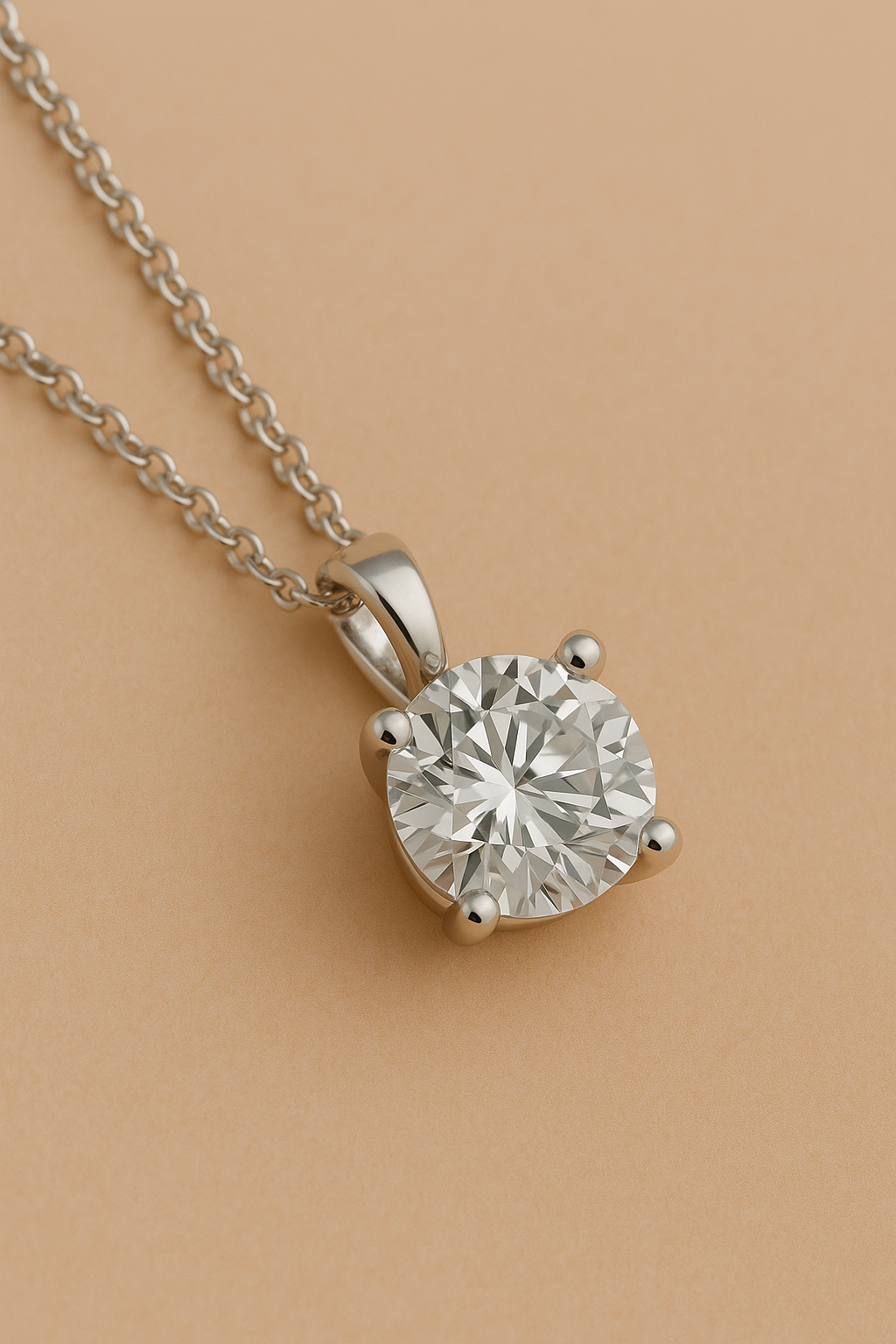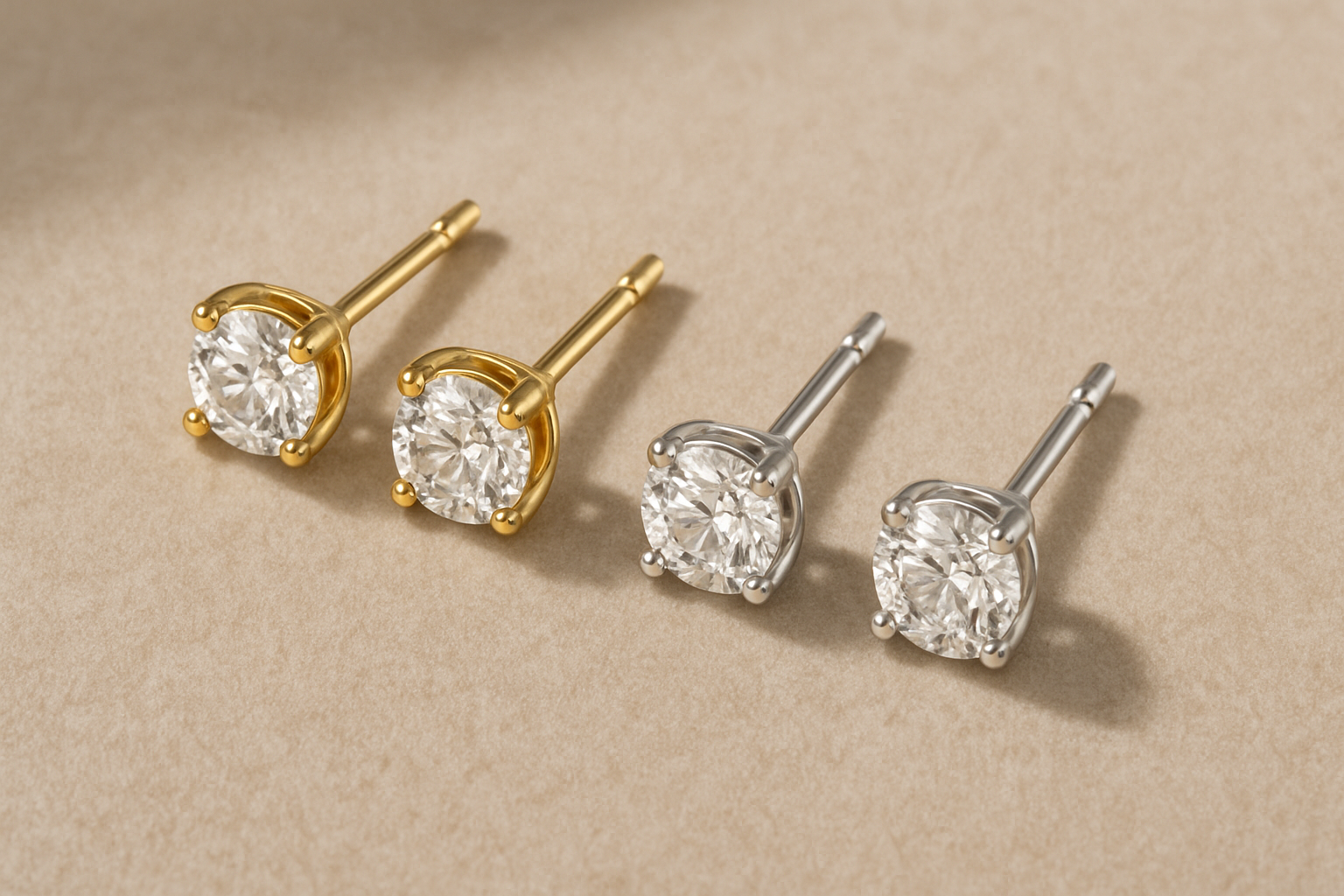introduction
when you think of diamonds, you picture brilliance, luxury, and eternal love . But behind that sparkle often lies a dark story: mines excavated, land disturbed, communities displaced, sometimes forced labor, and risks to human lives . Lab-grown diamonds offer an alternative: the same beauty, but with a cleaner, more honest foundation . In this blog post, we delve into the world of sustainability, injustice, and why your choice truly makes a difference .
the dark truth of diamond mining
ecological devastation
to extract a single diamond, tons of earth must be moved . Mining disrupts ecosystems, destroys forests, and alters waterways . The tailings often contain toxic substances that end up in groundwater and surface water [1] .
conflict diamonds and human rights
in countries like sierra leone and angola, diamonds have been a means of warfare for decades . Armed groups finance weapons through the sale of blood or conflict diamonds [2] .
researchers from the international human rights clinic (harvard) report that in more than 20 mining sites, children work in dangerous conditions, often in narrow corridors, exposed to disease, injury and overexploitation [3] .
child labor and exploitation
the diamond processing industry in countries like india has a well-known history of child labor, with some regions where children accounted for a few percent of the workforce in cutting [4] .
child and forced labor are also more common in small-scale mining, especially in unregulated areas [5] . Workers are often underpaid, work long hours without protection, and lack access to health care or education [3] .
lab-grown diamonds: the ethical alternative
how do they grow ?
in a laboratory, diamonds are grown using two main methods: hpht (high pressure, high temperature) and cvd (chemical vapor deposition) . A diamond seed is used as a catalyst, and the crystal grows layer by layer . No earth needs to be dug up, no mines, no depleted soil . read more about this process here .
reduction of waste and emissions
research shows that switching to lab-grown diamonds could lead to a reduction of almost 10 megatons of co₂ emissions in the future (by 2100) and avoid hundreds of millions of tons of mineral waste [6] .
in addition, energy consumption is highly dependent on the power source . When laboratories use renewable energy (solar, hydropower), the co₂ footprint is significantly reduced [7] .
transparency & control
lab-grown diamonds can be traced from start to finish . From seed to polished stone, the process is controlled, minimizing fraud and hidden irregularities . Unlike some mining chains, where information is lost through multiple links, traceability is maintained here [8] .
strong benefits beyond price
-
instant ethical certainty
with a lab-grown diamond you automatically avoid involvement in conflict, exploitation and ecological damage . -
similar physical properties
chemically, optically, and physically identical to a mined diamond . Again: you can't see the difference—only the world sees the difference . -
future-oriented
with growing pressure for sustainability in the fashion and jewelry industries, more and more consumers are choosing conscious choices . Lab-grown diamonds fit perfectly into this movement [9] . -
innovation power
the industry is developing rapidly . Research into energy efficiency, gas recycling and new growth techniques promises even cleaner diamonds [10] .
conclusion
every diamond tells a story . Some stories are dark, filled with exploitation, environmental destruction, and human suffering . Other stories can be bright . Stories of transparency, innovation, and conscious choices . When you choose a lab-grown diamond, you choose not only beauty but also a better future .
read more in our diamond guide about topics such as: are lab-grown diamonds real ? what is a lab-grown diamond worth ? or about the quality of lab-grown diamonds .
sources
[1] international labor organization - environmental impacts of mining
[2] time . Com - history of blood diamonds
[3] harvard human rights clinic - digging in the dirt report (2022)
[4] wikipedia - child labor in the diamond industry
[5] international labor organization - reports on artisanal mining
[6] nature . Com - sustainability study on lab-grown diamonds (2024)
[7] gem society - energy use and sustainability of lab-grown diamonds
[8] rutgers business review - transparency and synthetic diamonds
[9] precedence research - lab-grown diamonds market forecast
[10] arxiv . Org - innovations in plasma cvd for diamonds


